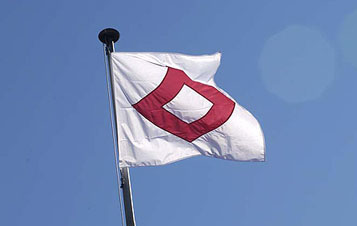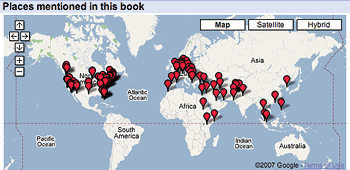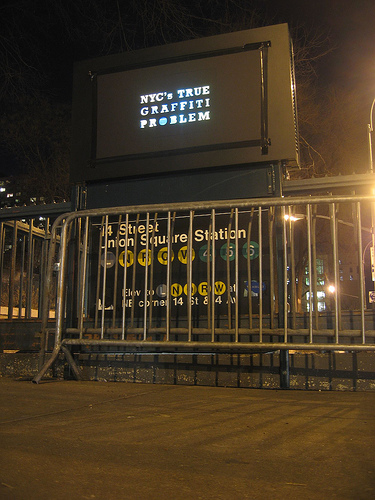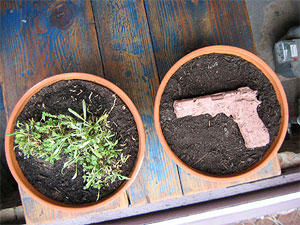January 2007
Meet Project Censored
Sociology Professors Andrew Roth and Peter Phillips from Project Censored were interviewed by Riz Kahn on Al Jazeera English on January 1, 2007. It’s a nice introduction and overview of Project Censored, its methodology, and some of the top stories from 2006. Here’s the video on YouTube:
Call for Entries: Graphic Work: Imaging Today’s Labor Movement

The American labor movement has an amazing history of graphic production, creating some of the most effective political images in the history of this country. However, work and workers, along with the labor movement, are often depicted as experiences of the American past: photographs of children in factories in the early 1900’s, paintings of Joe Hill or Rosa Parks, historic strikes and Rosie the Riveter.
Now the labor movement needs new images of the issues confronting workers today. We are asking innovative artists to create posters that relate to today's workers. Twenty-five posters will be chosen to exhibit. Five designs will be selected for mass printing and distribution in union halls, schools, and community centers around the country.
Continue reading "Call for Entries: Graphic Work: Imaging Today’s Labor Movement" »
Negative Campaigning
A great action in NYC, taping placards over those outdoor video billboards attached to subway entrances. The typography is composed of holes in the board, illuminated by the video ad beneath.
The project is Light Criticism, brought to you by the Anti-Advertising Agency and the Graffiti Research Lab.
In form, it reminds me of the work of Moose, writing his name on walls by cleaning them.
In context, it’s a lot like this guerilla wayfinding campaign, a grassroots, illegal action for civic improvement.
War and Peas
Along the lines of this NY Times infographic on the enormous opportunity cost of the Iraq war (say... universal health care in the U.S. — twice over), my friend Noah has packaged a more experiential approach: plantable firearms made of clay, compost, and a mix of seeds. Walk through the manufacturing process at this Flash photo gallery or order one of your own. (via, via)
Red Crystal

The Geneva Conventions were amended today to address a question of branding.
The Third Additional Protocol to the 1949 Geneva Conventions entered into force today, completing the process of establishing an additional emblem for use by Governments and the International Red Cross and Red Crescent Movement. So far, 84 States have signed the Third Protocol and nine States have ratified it.
The red crystal symbol is now officially recognized under international law as offering equal protection as the red cross and the red crescent when marking: “military medical personnel, establishments and transport; the staff of national societies; staff, vehicles and structures of the ICRC and the International Federation.”
From the ICRC Factsheet:
“The new symbol is intended to facilitate access by humanitarian workers to victims of conflict and other crises, in particular in situations where the use of an emblem devoid of any perceived political, religious, cultural and connotations may be an advantage.”
See the full text of the Additional Protocol. (Thanks, Romualdo!)




The Wikipedia article on the Red Crystal summarizes the debates over religion, politics, and the origins of the various symbols used by humanitarian aid organizations.
...
Also from Wikipedia, the Red Swastika is a symbol used by a voluntary charitable association founded in China in 1922:
“Suppressed by during the Communist rule in mainland China, the Red Swastika Society appears to continue today as a religious organization focused on charity. It has branches in areas of the Chinese diaspora, with a headquarters in Taiwan. Besides charity work, the Red Swastika runs two schools in Hong Kong (Tuen Mun and Tai Po) and one in Singapore (Red Swastika School).
The Red Swastika was also suggested along with Red Wheel, as an emblem of International Federation of Red Cross and Red Crescent societies for India and Sri Lanka, but the idea was not put into practice.”






